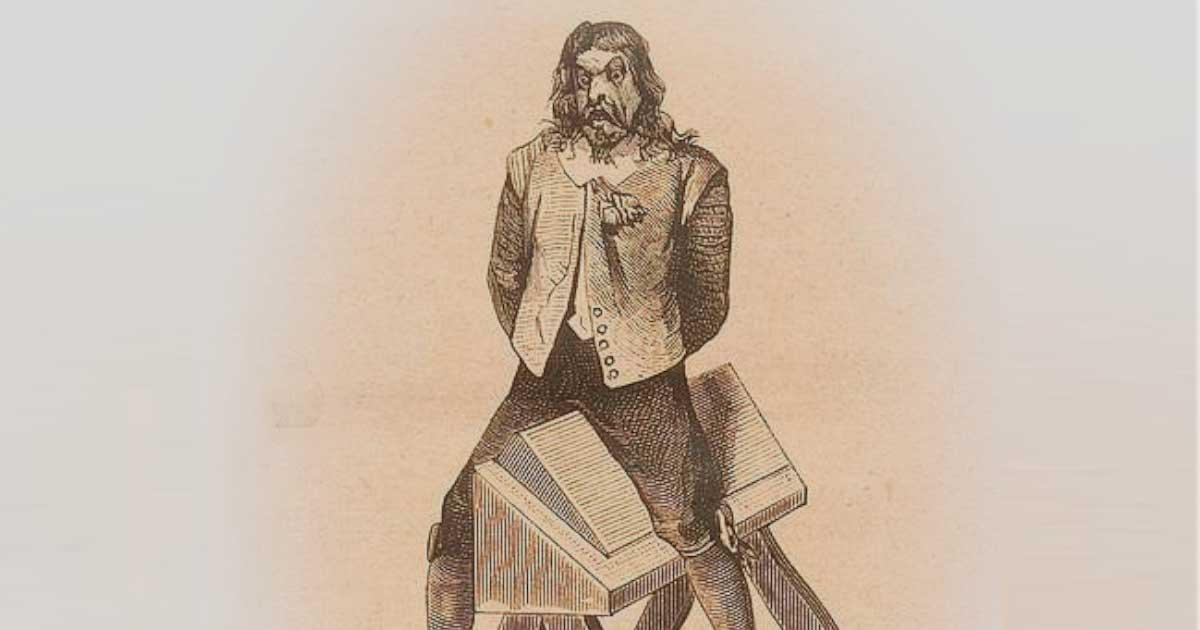
El Escorial Monastery stands as a monumental symbol of Spanish Renaissance architecture. Located in the heart of Spain, this historic site has intrigued visitors for centuries. Why is El Escorial Monastery so significant? Built by King Philip II in the 16th century, it served as a royal palace, monastery, and library. The complex reflects the power and religious fervor of its era. Did you know it houses over 40,000 books and manuscripts? The monastery also contains the Pantheon of the Kings, where many Spanish monarchs rest. Its architectural design, with intricate details and vast courtyards, showcases the grandeur of Spanish history. Curious about its secrets? Let's dive into 19 fascinating facts that make El Escorial Monastery a must-visit landmark.
19 Facts about El Escorial Monastery
El Escorial Monastery, located in Spain, is a historical marvel. This architectural gem has a rich history and many intriguing aspects. Let's dive into some fascinating facts about this iconic site.
Historical Significance
El Escorial Monastery holds a prominent place in Spanish history. It was built during the reign of King Philip II and has served various purposes over the centuries.
- Construction began in 1563: King Philip II commissioned the monastery to commemorate the Spanish victory at the Battle of St. Quentin.
- Completed in 1584: The construction took 21 years, involving numerous architects and craftsmen.
- Royal Pantheon: It houses the remains of many Spanish monarchs, including Philip II himself.
- UNESCO World Heritage Site: In 1984, El Escorial was designated a UNESCO World Heritage Site for its cultural significance.
Architectural Marvel
The design and structure of El Escorial Monastery are nothing short of impressive. Its architecture reflects the Renaissance style and showcases the skill of its creators.
- Designed by Juan Bautista de Toledo: The initial design was by this renowned architect, who had previously worked on St. Peter's Basilica in Rome.
- Largest Renaissance building: At the time of its completion, it was the largest building of the Renaissance era.
- Symmetrical layout: The monastery's layout is highly symmetrical, symbolizing order and balance.
- Library with rare manuscripts: The library contains thousands of rare books and manuscripts, some dating back to the 5th century.
Cultural and Religious Importance
El Escorial Monastery is not just an architectural wonder; it also holds great cultural and religious significance.
- Basilica of San Lorenzo: The basilica within the monastery is dedicated to St. Lawrence, the patron saint of cooks and chefs.
- Monastic community: It still houses a community of monks who follow the Rule of St. Augustine.
- Art collection: The monastery boasts an extensive art collection, including works by Titian, El Greco, and Velázquez.
- Educational center: Historically, it served as a center for learning and education, with a focus on theology and the humanities.
Unique Features
Several unique features set El Escorial Monastery apart from other historical sites. These elements add to its charm and allure.
- Hall of Battles: This hall features frescoes depicting significant battles in Spanish history.
- Royal apartments: The monastery includes royal apartments where King Philip II spent his final years.
- Gardens and courtyards: Beautifully landscaped gardens and courtyards provide a serene environment for reflection and relaxation.
- Crypt of the Princes: This crypt contains the remains of Spanish princes and princesses.
Modern-Day Relevance
El Escorial Monastery continues to be relevant in modern times, attracting visitors from around the world.
- Tourist attraction: It is one of Spain's most visited historical sites, drawing millions of tourists annually.
- Cultural events: The monastery hosts various cultural events, including concerts and exhibitions.
- Research center: It serves as a research center for historians and scholars studying Spanish history and culture.
The Marvel of El Escorial
El Escorial Monastery stands as a testament to Spain's rich history and architectural brilliance. Built under King Philip II, this UNESCO World Heritage site showcases Renaissance art, a vast library, and the final resting place of Spanish monarchs. Its intricate design and historical significance make it a must-visit for history buffs and art lovers alike.
From its grand basilica to the serene gardens, every corner of El Escorial tells a story of Spain's past. Whether you're fascinated by its architectural feats or the tales of royalty, this monastery offers a unique glimpse into a bygone era.
Next time you're in Spain, don't miss the chance to explore this marvel. El Escorial isn't just a building; it's a journey through time, culture, and artistry. Dive into its history and let its grandeur leave you in awe.
Was this page helpful?
Our commitment to delivering trustworthy and engaging content is at the heart of what we do. Each fact on our site is contributed by real users like you, bringing a wealth of diverse insights and information. To ensure the highest standards of accuracy and reliability, our dedicated editors meticulously review each submission. This process guarantees that the facts we share are not only fascinating but also credible. Trust in our commitment to quality and authenticity as you explore and learn with us.


